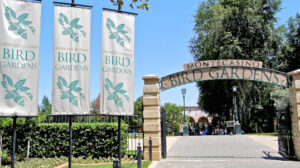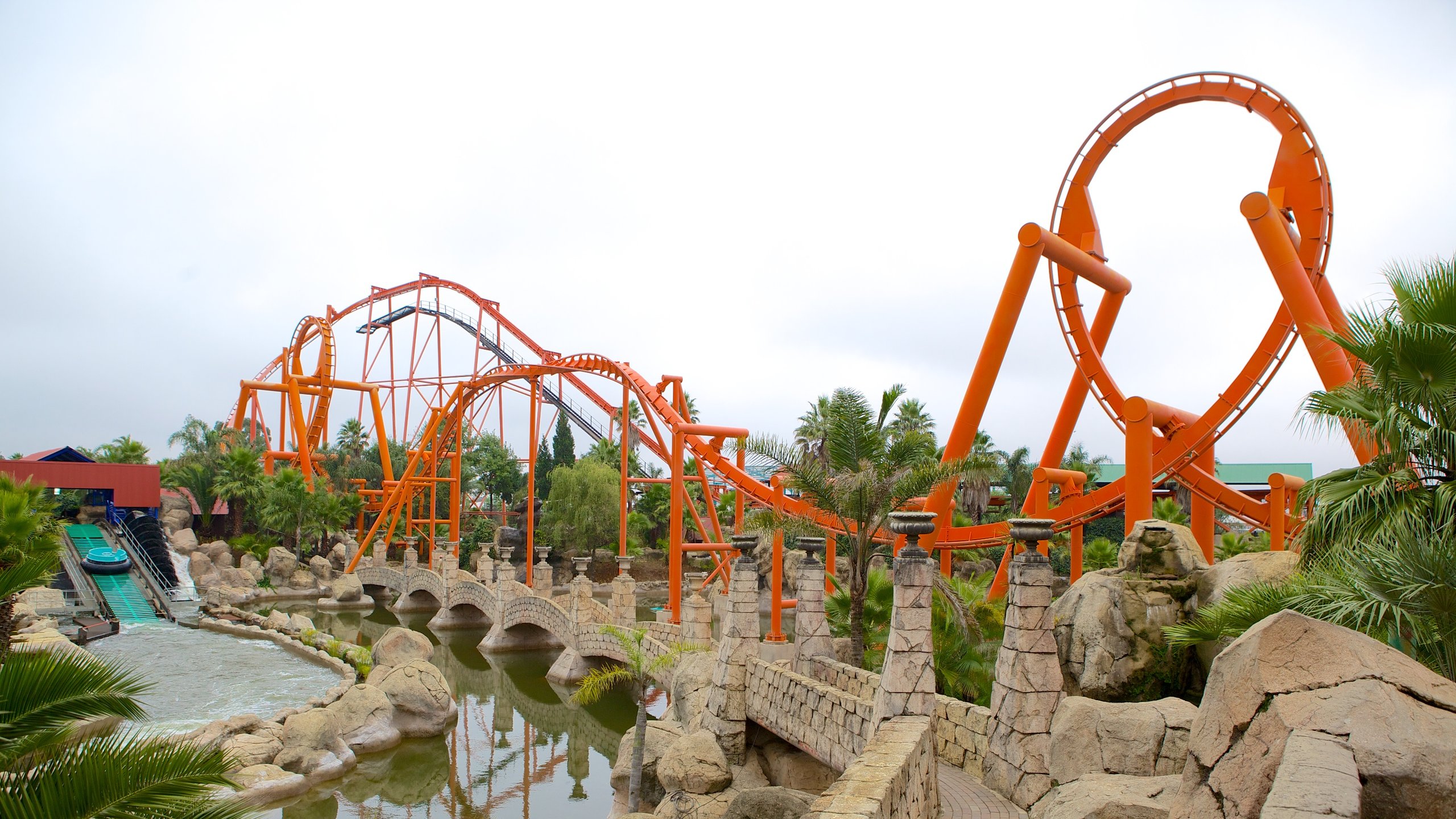Johannesburg North Attractions - An Overview
Johannesburg North Attractions - An Overview
Blog Article
Fascination About Johannesburg North Attractions
Table of ContentsThe 45-Second Trick For Johannesburg North AttractionsFascination About Johannesburg North AttractionsAll about Johannesburg North AttractionsFacts About Johannesburg North Attractions RevealedThe 9-Minute Rule for Johannesburg North AttractionsJohannesburg North Attractions for Dummies
The city grew on the side of the Witwatersrand Main Reef, a subterranean stratum of gold-bearing quartz-silica empire that arcs for hundreds of miles beneath the Highveld - Johannesburg North attractions. Most of the gold mines in the city discontinued procedure in the 1970s, but in its day the Witwatersrand gold industry accounted for even more than 40 percent of the globe's annual gold manufacturing.Johannesburg has a pleasant environment. Summer season temperature levels balance concerning 75 F (24 C); winter season temperatures average concerning 55 F (13 C) and just occasionally dip listed below cold. The city enjoys about eight hours of sunlight each day in both wintertime and summertime. Rainfall averages concerning 28 inches (700 millimetres) per year, yet the overall varies considerably from year to year.
What rainfall the city gets falls practically exclusively in the summer season months, frequently in stunning late-afternoon electrical tornados., where lots of citizens still rely on coal for gas.

Johannesburg North Attractions Things To Know Before You Get This
The equilibrium of the city is occupied by whites. Holiday accommodation differs in character and top quality.
Physical development, although somewhat restricted by transportation, proceeded promptly as migration to South Africa, and Johannesburg in certain, boosted dramatically.
Many poor suburban areas were combined, with inadequate blacks and whites cohabiting, although the rich suburban areas were generally reserved for whites. This altered with the political election of the National Party in the 1948 political elections, who began to formalise the system known as discrimination. Racism officially marked which suburbs each race could live in under the Group Areas Act.
The previous system of eleven numbered regions was reorganised in 2006. Marshalltown, as seen from the top of the Carlton Centre. The M1 and M2 run behind the buildings, and the southerly residential areas prolong past the freeway limit. The inner city of Johannesburg lies within the city's Area F. The estimated populace of the area is 200,000, [] yet the variety of individuals living in the central city on an informal basis is unknown, as many are illegal immigrants. Most higher-income locals and white people have actually moved to the north suburbs and have been changed by lower-income black individuals. The unemployment, education, and age accounts of the location are all unknown, due to the difficulty of obtaining trusted details about the location.
What Does Johannesburg North Attractions Do?
Centred on the CBD, the region consists of the residential areas of Yeoville, Bellevue, Troyeville, Jeppestown, and Berea to the east. To the west it spreads out to Pageview (Johannesburg North attractions) and Fordsburg. There are small enterprise zones to the south, such as City West-Denver and Benrose. Around my sources 800,000 travelers go through the internal city each day, and it operates as a regional shopping node for site visitors from the southerly suburbs. Yeoville and Bellevue have a mix of home structures and solitary household systems on tiny lots. The area is situated on a hilly divide that ranges from east to west. One of the most conspicuous geographic function is Observatory Ridge, which is called for the large observatory located on it. The recreational areas are no more utilized, due to protection troubles.

Johannesburg Stadium, a training school for both the Golden Lions and Orlando Pirates, is adjacent. The eastern suburbs of Johannesburg lie in the city's 7th [] and 9th [] regions. The area is likewise functionally integrated with East Rand boundary towns beyond the official boundary of Johannesburg, such as Bedfordview and Edenvale (both component of Ekurhuleni Metropolitan Municipality).
The Basic Principles Of Johannesburg North Attractions
The eastern suburban areas are some of the oldest areas of Johannesburg, there are big communities of Jewish and other European backgrounds, the bulk of the population is English speaking. There are three golf training courses as well as a number of protected ridges with viewsites.
The location is primarily made up of old "matchbox" homes, or four-room residences constructed by the federal government, that were developed to offer affordable accommodation for black employees throughout apartheid. Soweto is an abbreviation, meaning "South Western Townships". Road after street in this location is lined with matchboxes; nonetheless, there are a few smaller sized locations where flourishing Sowetans have actually developed residences that are a lot more comparable in stature with those in even more upscale suburban areas.
Hostels are an additional popular physical function of Soweto. Originally constructed to house male migrant employees, numerous have been enhanced as dwellings for couples and families. The N1 Western Bypass skirts the eastern boundary of Soweto. The suburb was not historically allowed to create work centres within the location, so nearly all of its residents are commuters to other components of the city.
The smart Trick of Johannesburg North Attractions That Nobody is Talking About
The N1 Western Bypass connects the northern suburbs with the north-western suburban areas. The household locations in the northern suburban areas are mainly formal, with no substantial locations of informal housing, or real estate that does not have a long-term framework. This is a well-known area, there is a trend of land use modification from residential to commercial, specifically along primary arterial roads and around well-known nodes.
Roadways to the eastern and west are much less well created, as there are no highways travelling in that direction. learn the facts here now In the direction of the northern border of the city, the density of advancement decreases, leaving large areas of primitive land around Midrand.
A Biased View of Johannesburg North Attractions
, which is located on a hillside overlooking the inner city and Hillbrow.
Report this page